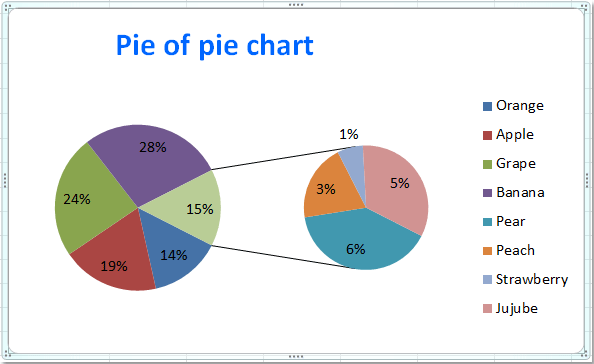


Now click on Format Legend to fine-tune your choices. Select the legend and right-click to open the menu. Pie charts include a legend by default, but you can easily change it with a little bit of work. You can also select other locations if you want your title below the chart. Now select Title Above Chart to display your title. Suppose you want to add a title to your graph, select Charts in the menu ribbon, and head to chart layout. These are the basic steps for creating your pie chart, but you might find that you need to add a little bit more information to make your chart clear. From here, you can easily add the category name and specify the data for each section of the pie. If you need to change your labels, you can right-click on the current labels and select the Format Data Labels tab. From the menu, select the Add Data Labels option to display your data within the pie sections.Ĥ. If you want to add labels to your pie chart, you first have to right-click on the chart to open the menu. You should see your graph appear on the spreadsheet with an automatic title and legend.ģ. We’ve selected the 2-D Pie option for this example. Once you have your data highlighted, navigate to the Charts tab and find the Pie Chart dropdown menu.Ģ. Once you’re sure that a pie chart is the one for you, start by highlighting your data.ġ. If you’re trying to show how a category grows across numerous time periods, there are probably better options. Before we dive in, remember that a pie chart isn’t the perfect graph for every data type.


 0 kommentar(er)
0 kommentar(er)
